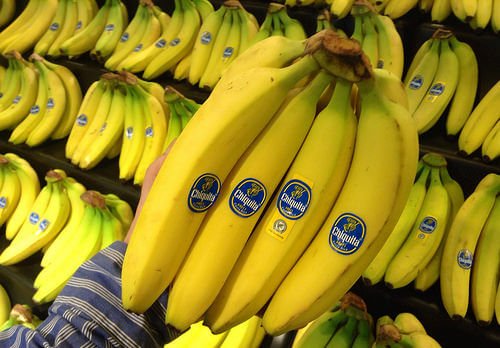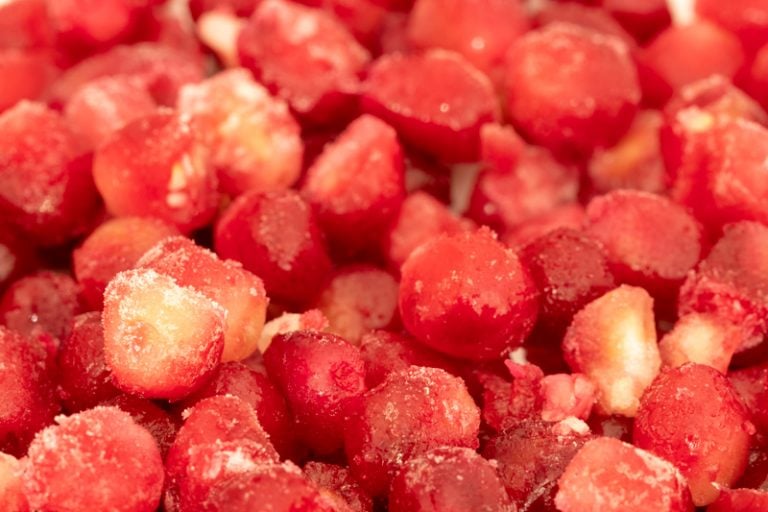How Long Do Lemons Last and How to Tell if They’re Bad
You reach into the back of your fridge and pull out a lemon that’s looking less than fresh. The question pops into your mind: how long do lemons last, and how do I tell if a lemon has gone bad?
If that’s why you’re here, you’re in the right place. Below, we cover everything you need to know about the shelf life and spoilage of lemons, ensuring your citrus adventures remain fresh and flavorful.
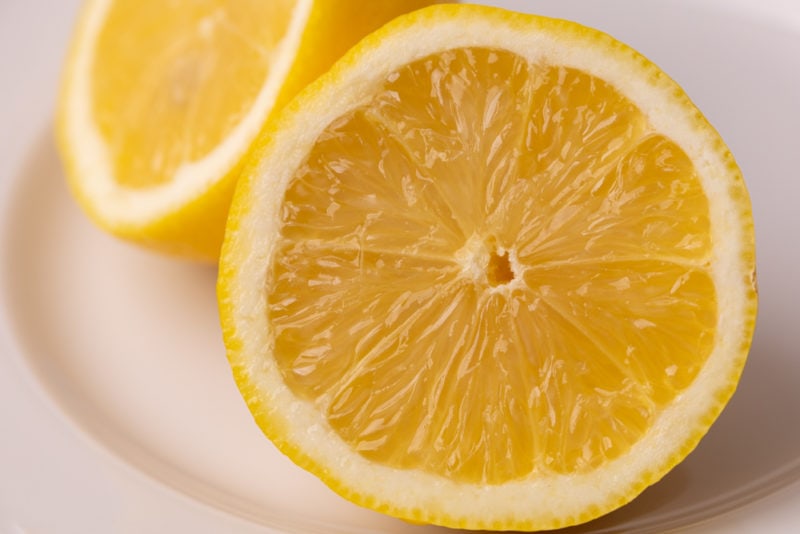
How Long Do Lemons Last?
| Counter | Fridge | |
|---|---|---|
| Whole lemon | 1 week | 3 – 4 weeks |
| Cut lemon (slices, wedges, halves) | 3 – 4 days |
A whole lemon lasts about a week on the counter at room temperature or for 3 to 4 weeks if you refrigerate it. Once you cut it up or juice it, is keeps for 3 to 4 days sealed tight in the fridge.
If you go the extra mile and seal your whole lemons tightly in a plastic bag and refrigerate then, they last up to 6 weeks.

Lemons last quite a while because the lemon rind is thick, which slows down water loss significantly. For the same reason limes have a long shelf life and oranges last quite some time, too.
If you need to store your lemons for a longer period, you can freeze lemons. Just remember that frozen lemons soften and don’t have nearly as many uses as fresh ones.
You can also use them in other ways, which I mention later in the article.
Cut Lemons
Cut lemons typically last 3 to 4 days in an airtight container or freezer bag in the fridge. Or you can use a silicone food hugger, that helps extend the storage time for a couple of extra days.
Cut lemons typically don’t grow mold or actually go bad that quickly, but they soften and dry out within a few days of cutting, hence the short storage time.
I usually store cut lemons on a small place (cut side down) for 5 to 7 days. So if your lemon wedge or slice is still perfectly fine after a week of cutting, freel free to use it.
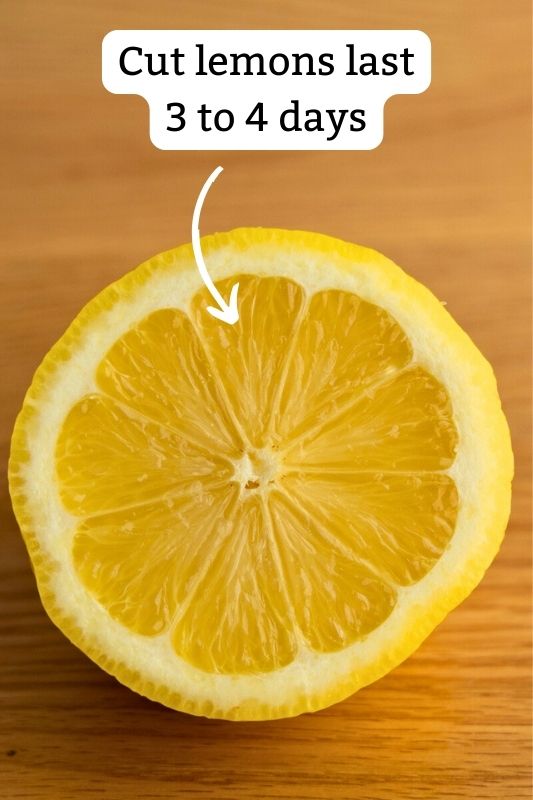
Do Lemons Go Bad?
Whole lemons can last up to a month, but eventually, they will soften, shrivel, or start to grow mold if they’ve been bruised. Cut lemons, on the other hand, typically begin to dry up after a couple of days or may start to grow mold if cross-contaminated.
That’s a glimpse into how lemon spoilage typically unfolds in real life. Now, let’s dive deeper into the signs of spoilage and discuss them in more detail.
How to Tell if a Lemon Is Bad?
Discard your lemon if:
- There’s visible mold. Lemons usually go moldy after you cut them up, but if the rind is heavily bruised, it might grow mold, too. If your lemon is moldy, it’s time for it to go.
- It’s very soft, shriveled, or slimy. Of course, you don’t discard a lemon at the first sign of softness, but only at the point that it’s too soft (or shriveled) for your liking. If you’re okay with one that’s kind of soft but okay otherwise, use it. But if you’re not, it’s fine to let it go. If the citrus fruit is slimy, it’s no good.
- It’s heavily bruised or discolored. A lemon rind typically has all sorts of imperfections, and that’s okay. But if it looks like it has taken a beating, or you wouldn’t feel comfortable using it, toss it.
- It smells funny. This one is rare, but if your lemon doesn’t have a zesty aroma and smells kind of off (in any way), play it safe and throw it out.
(Look for the same signs of spoilage when you’re checking if your grapefruit is bad.)
Fresh lemons have a bright yellow rind (with some discolorations and imperfections), a sour taste, and a zesty aroma, and are quite firm to the touch. Over time, they lose some of the smell, and become squishy and even slimy if you store them long enough.
Now, if it’s a whole lemon and you’re not quite sure if you should discard it, cut it in half and see how things are going inside. Use it if the flesh looks okay, or toss it otherwise.
When it comes to leftover lemon slices, wedges, halves, and the like, it’s usually obvious right away. If it’s moldy like the one below (that I forgot about), it’s a spoiled lemon.
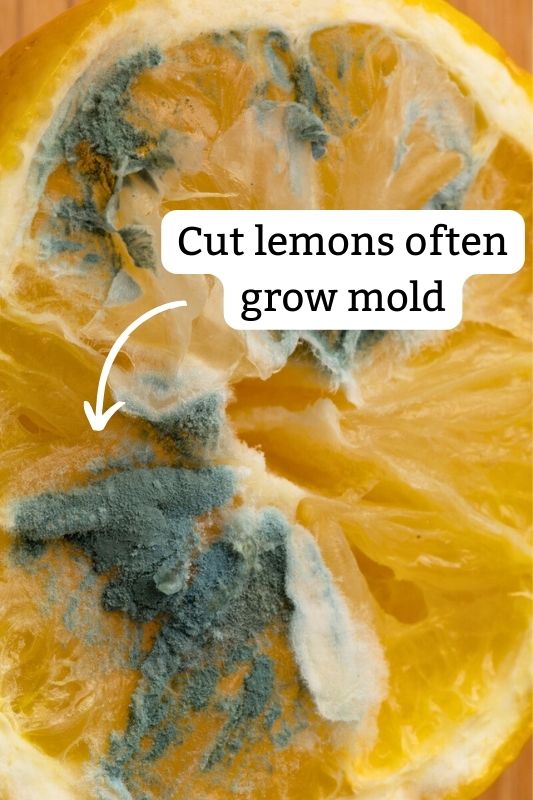
How To Keep Lemons Fresh For Longer?
To make sure your lemons last the longest, you should choose the best ones and store them properly.
Let’s tackle these two one by one.
Choosing Lemons
According to Utah State University Extension, you should choose lemons that:
- are firm to the touch
- are bright yellow
- have a thin, shiny skin
- are heavy for their weight
You should also prioritize lemons with blemish-free rind, especially if you want to zest them. I don’t zest lemons that often, so I don’t care that much about them being picture-perfect.
Storage Practices
The fridge is the best place to store whole lemons if you want to store them for the long term. The easiest way is to simply the fruits in the crisper drawer.
If you want to extend that storage time for an extra week, you can transfer the lemons to an airtight container or freezer bag and store them sealed. The bag or container seals in some of the moisture, and lemons take longer to dehydrate, thus extending their shelf life.
For cut lemons, lemon halves, wedges, and slices, drying and cross-contamination are their worst enemies. That’s why wrapping them tightly (e.g., using a food hugger) or placing in a freezer bag and squeezing out the air are the best options.
If you’re wrapping your cut lemons, use plastic wrap and not aluminum foil. Aluminum foil can react with acidic foods.
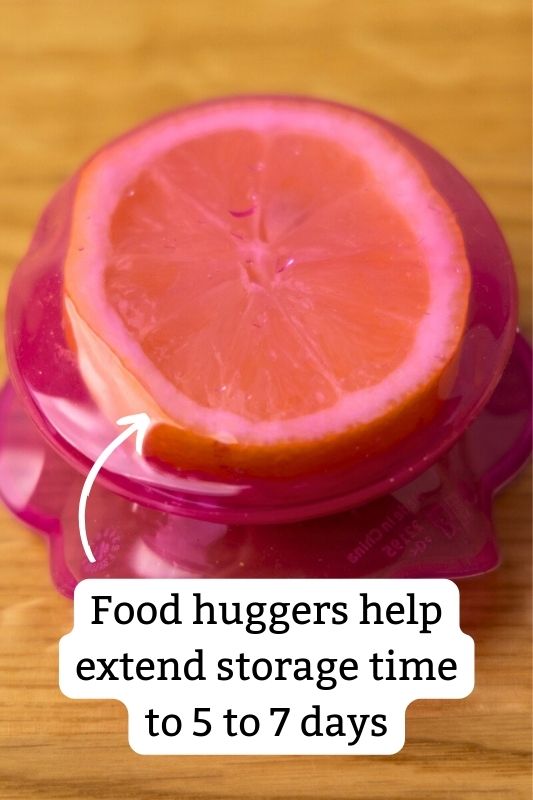
(For more info on the topic of storage, check out my article titled “How to store lemons.”)
How to Use Up Extra Lemons
You can use up excess lemons in a number of ways:
- Lemon juice. Most recipes that call for whole lemons actually need fresh lemon juice. And you can quickly use up a bunch of fresh lemons by juicing them. Now, remember that fresh lemon juice only lasts a few days, so you might need to consider freezing your leftover lemon juice.
- Lemonade. Got that lemon juice ready? Now, turn it into lemonade.
- Lemon curd. If you’re into baked goods, you’ll surely find a way to use a bunch of lemon curd (here’s a recipe I like). That said, lemon curd lasts only about a week, so you might need to freeze the leftover lemon curd if you make a couple of batches.
- Baked goods. You can either search for recipes that use lemon curd or simply look for terms such as lemon bars, lemon muffins, or lemon pie. You can’t go wrong with either.
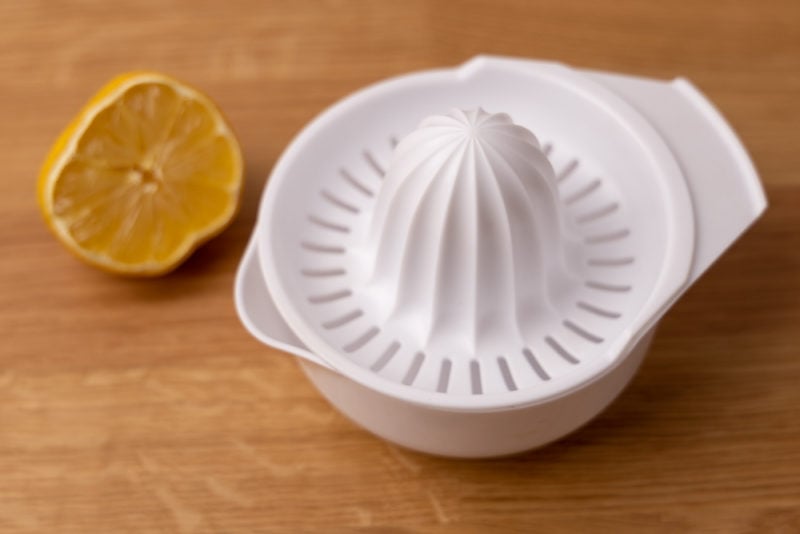
Rotten Records: Share Your Snap!
Caught some food past its prime? Upload your photo to “Rotten Records” and help others spot the signs of spoilage. Every image makes our food community safer and more informed!
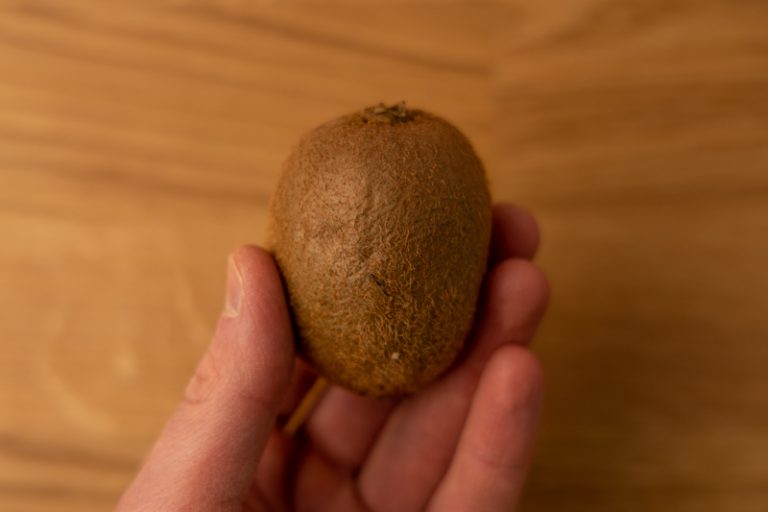
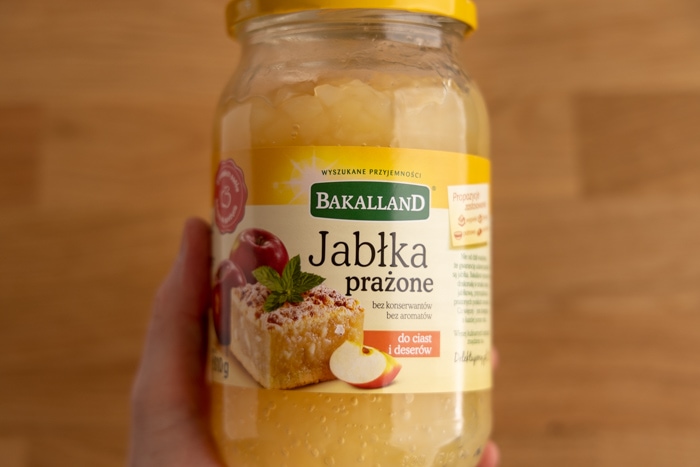
![Can You Freeze Pears? [Yes, Here’s How]](https://www.doesitgobad.com/wp-content/uploads/Frozen-pear-quarters-in-bag-768x512.jpg)
![Can You Freeze Lemons? [Whole Lemons, Wedges, and Slices]](https://www.doesitgobad.com/wp-content/uploads/Lemon-quarters-halves-in-freezer-768x512.jpg)
